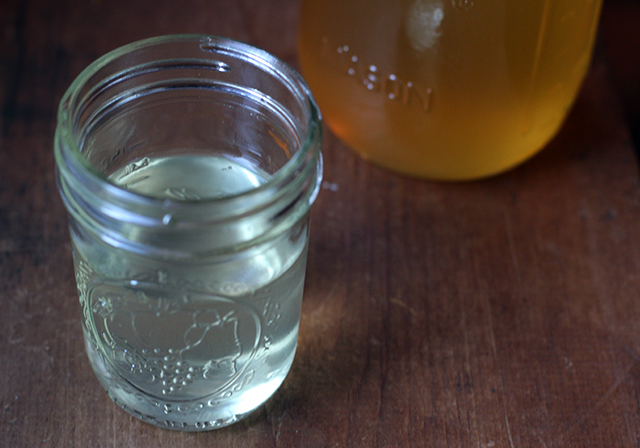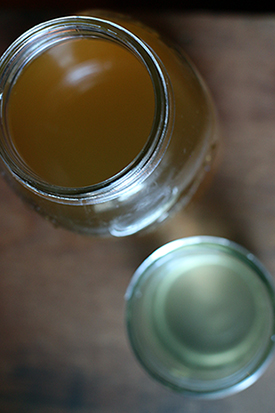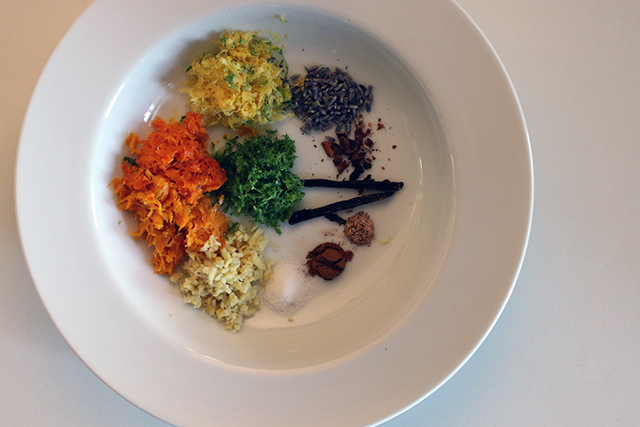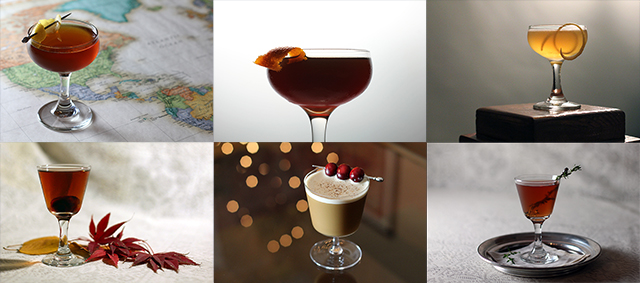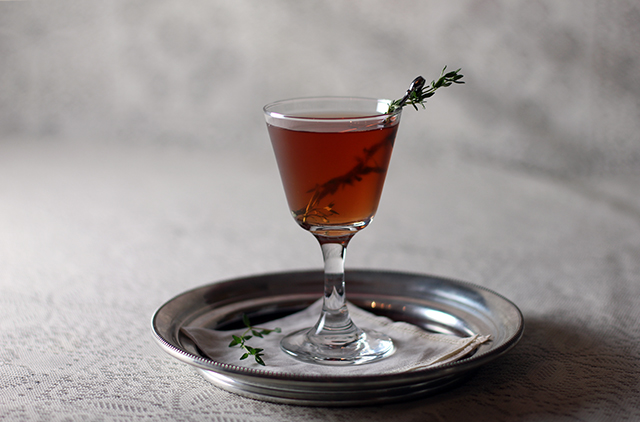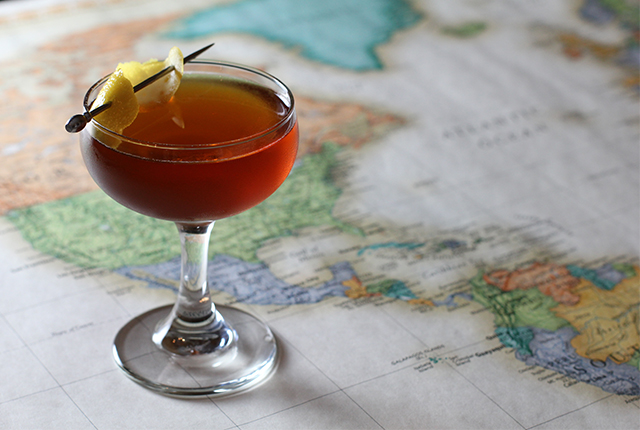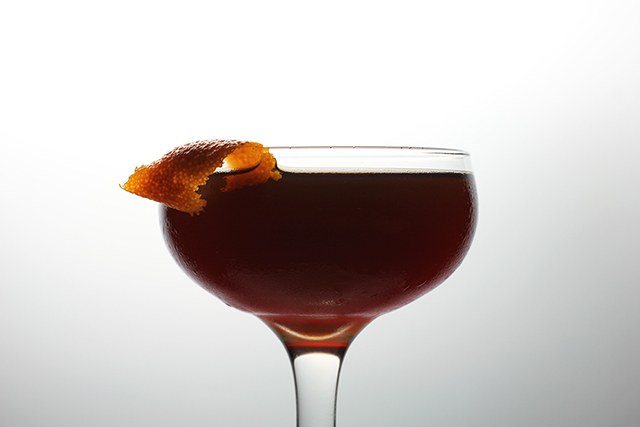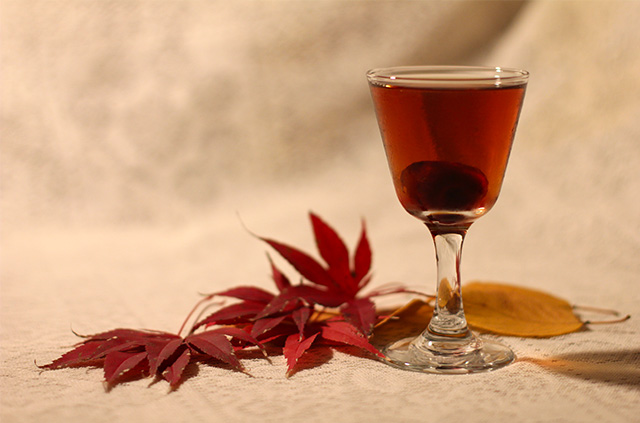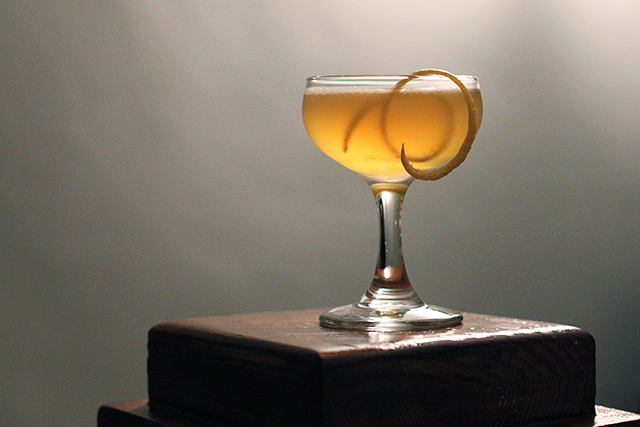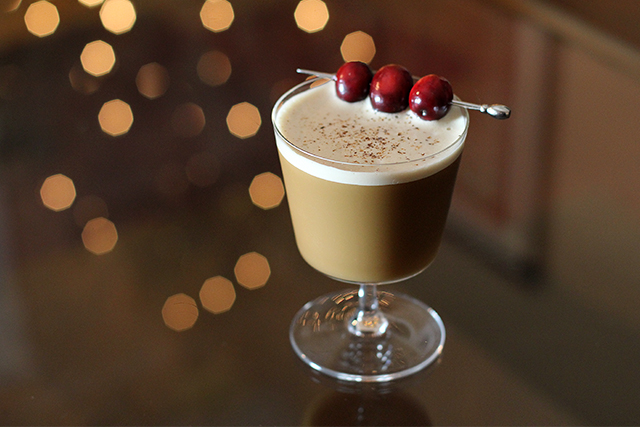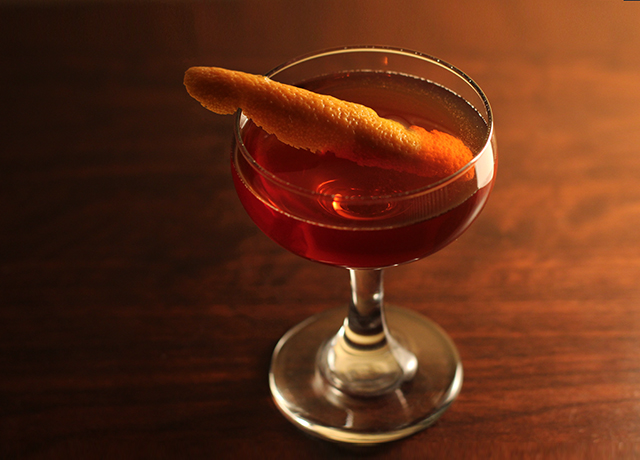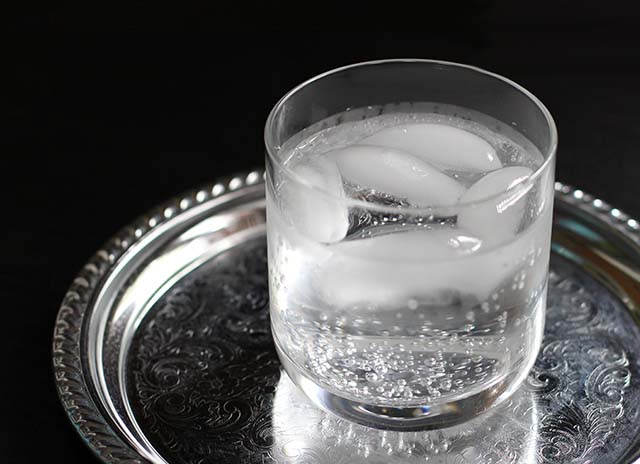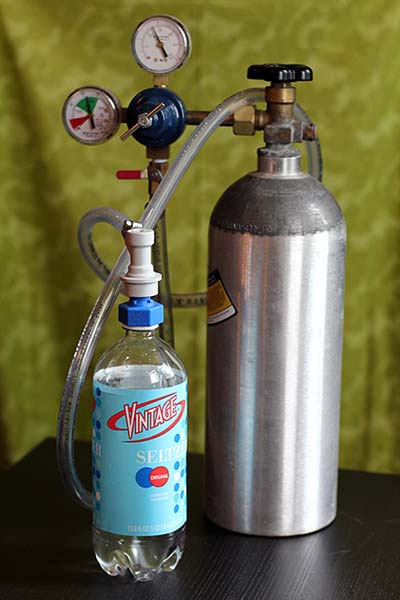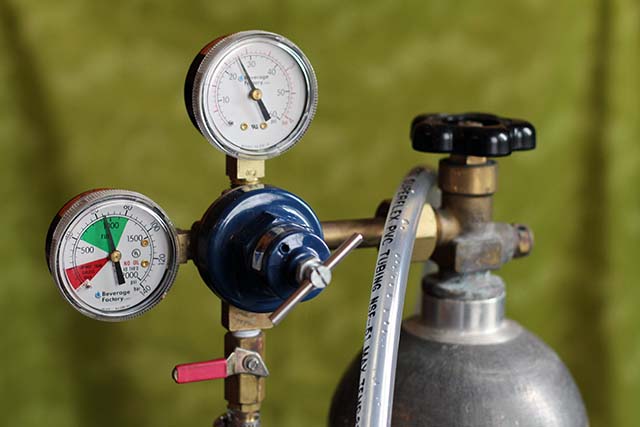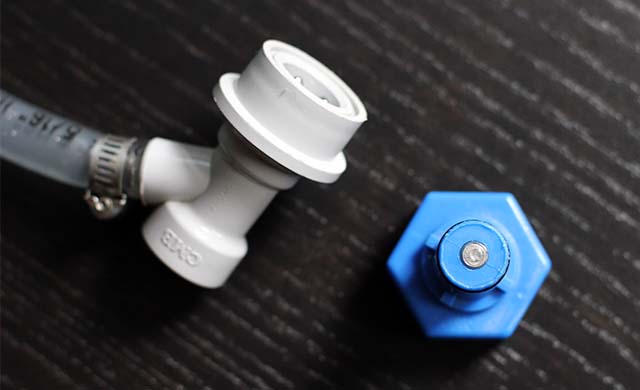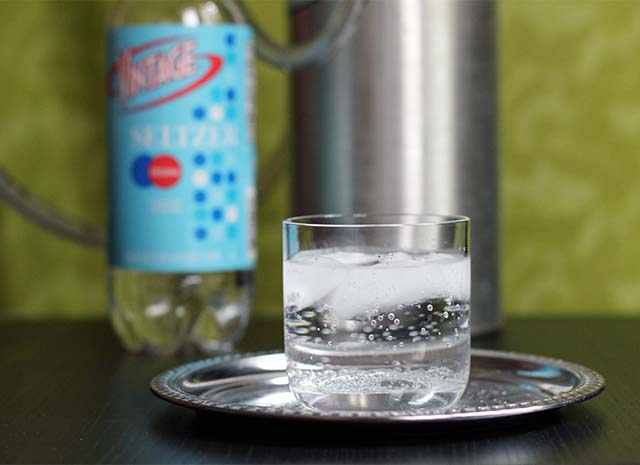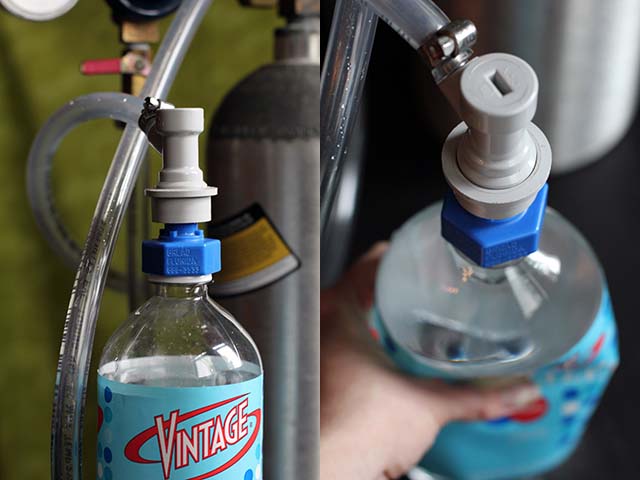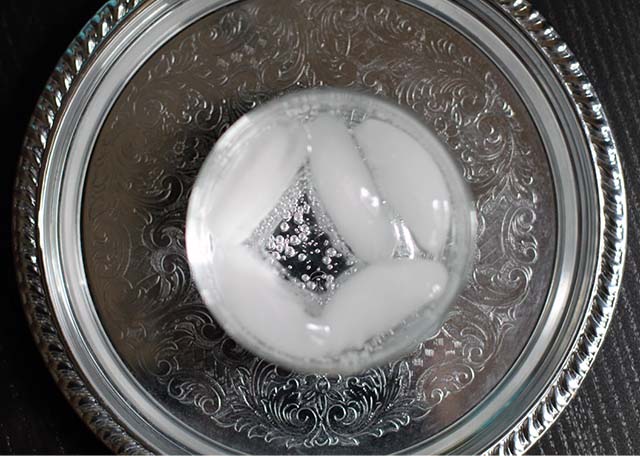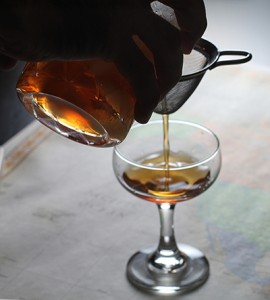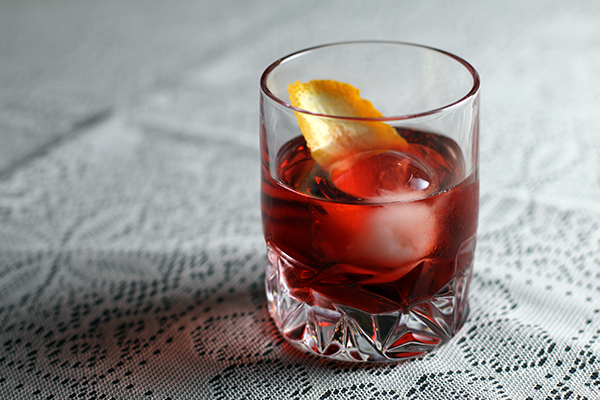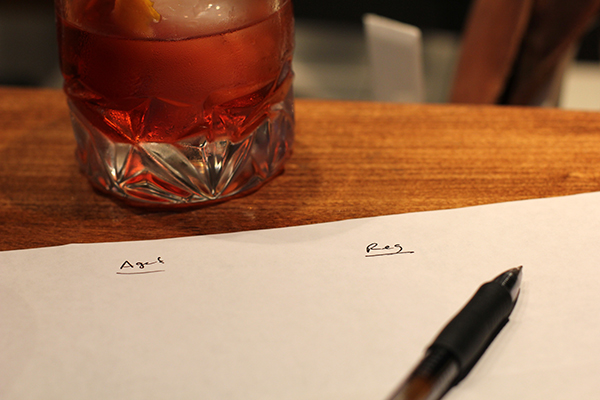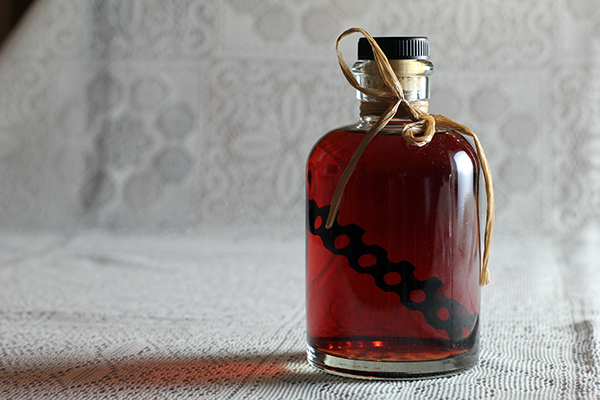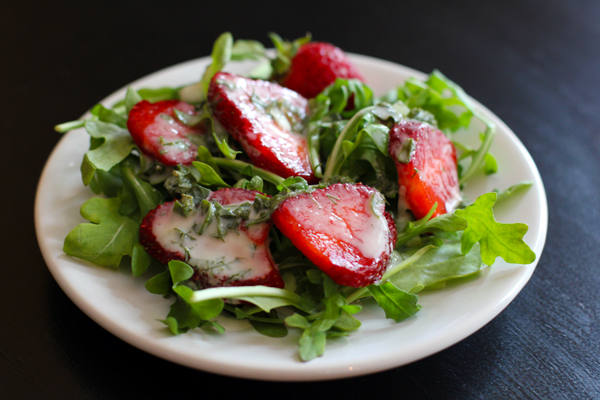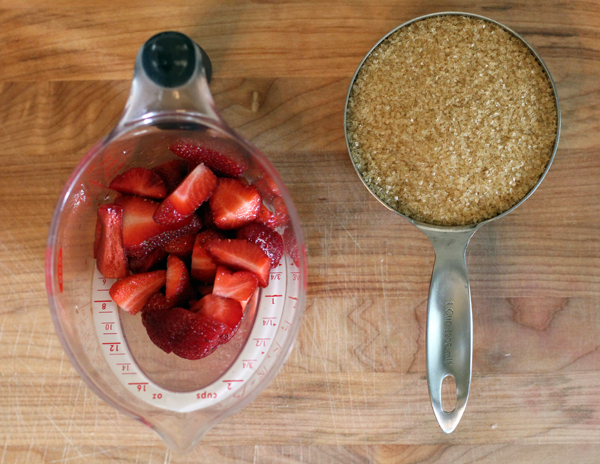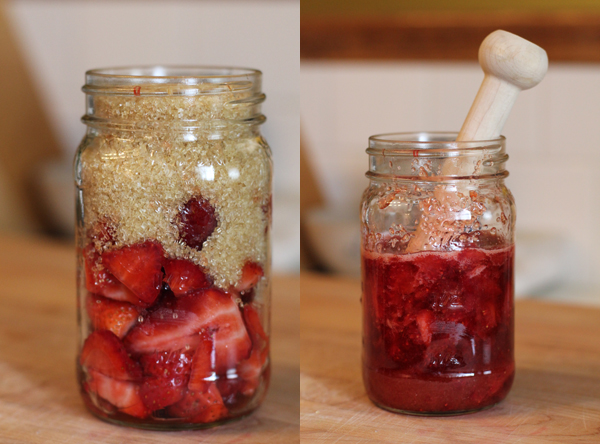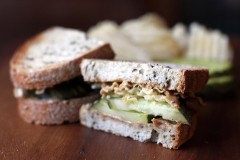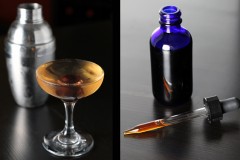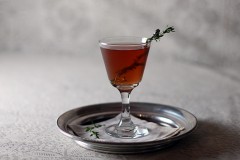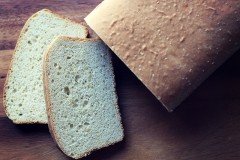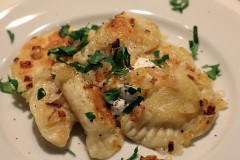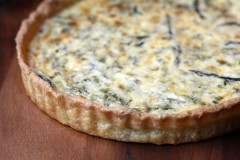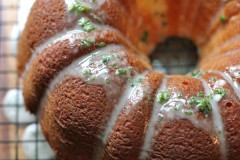I’ve made no secret of the fact that I drink a lot of seltzer—so much that building my own carbonation system was actually incredibly cost effective (not to mention shopping-labor saving!). So when a friend asked what other kinds of fun carbonated drinks I was DIY-ing at home, I was kind of embarrassed that I came up empty.
I mean, sure, there have been a few outings with tonic water for parties and maybe a squeeze of lemon and lime in the bottle from time to time, but here I was with my own fizzy drink maker and I was just choosing door #1 day after day after day.
Determined to break out of this sad state of affairs, I asked my pal what sort of drink she might like. (Confession: this was one part genuine love for her, one part because she drove me into the wilds to make my last CO2 cylinder exchange and she was owed.) She mentioned that she’d really like to break her Coke at work habit, so I started researching. When I was a kid I remember checking a book out of the library that had a fake cola recipe with cinnamon and vanilla, but I was sure the internet would have surely improved upon that recipe by now. For my first outting, I decided to go fancy since I just happened to have all the weird ingredients in my pantry and try out the recipe below (which appeared in the New York Times in 2011, adapted from the Brooklyn Farmacy & Soda Fountain).
In the end, I think I probably knew too much as far as tricking my taste buds. But this is a delicious concoction all the same. I’ll have to report back on whether or not my friend notices I’ve replaced what’s normally in her red can with my own special brew, but I’m happy to have broken the floodgates on my beverage rut.
Hmmm, what should I carbonate next?
Note: I skipped the coloring, ditched the extra two tablespoons of white sugar in the original recipe, and didn’t bother blitzing the sugar in a food processor before dissolving to save dishes and annoyance. It all worked out just fine.
Cola Syrup
From the New York Times, adapted from Brooklyn Farmacy & Soda Fountain, Brooklyn, with minor shortcuts by me
Grated zest of 2 medium oranges
Grated zest of 1 large lime
Grated zest of 1 large lemon
1/8 teaspoon ground cinnamon
1/8 teaspoon grated nutmeg
1 section of a star anise pod, crushed (note: section!)
1/2 teaspoon dried lavender flowers
2 teaspoons minced ginger
1 one-and-a-half-inch piece vanilla bean, split
1/4 teaspoon citric acid
2 cups sugar
1 tablespoon light brown sugar
3/4 teaspoon caramel color powder, optional (I skipped this, but I am curious how that might change the overall experience/trickery)
In a heavy 2 quart sauce pan, bring two cups water and zests, cinnamon, nutmeg, star anise, lavender, ginger, vanilla, and citric acid to a simmer. Cover and reduce heat to low, simmering gently for 20 minutes or so.
Measure sugars into a bowl and place a sieve lined with two layers of butter muslin over top. As soon as infused water comes off the heat, pour through strainer, extracting as much liquid as possible. Discard solids and stir sugars into the hot liquid until completely dissolved.
Pour syrup into a glass jar with a tight-fitting lid and store in the refrigerator until needed. Mix at a concentration to suit your tastes. A “four parts carbonated water to one part syrup” ratio seems a good place to start.

